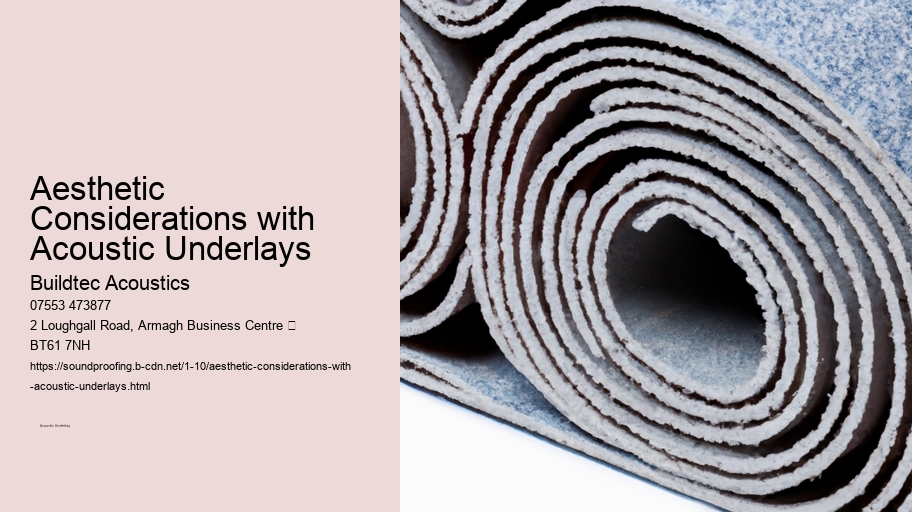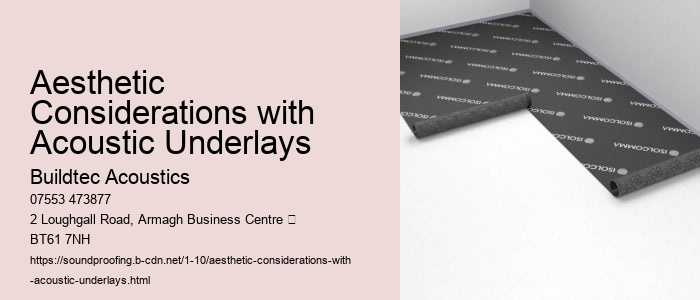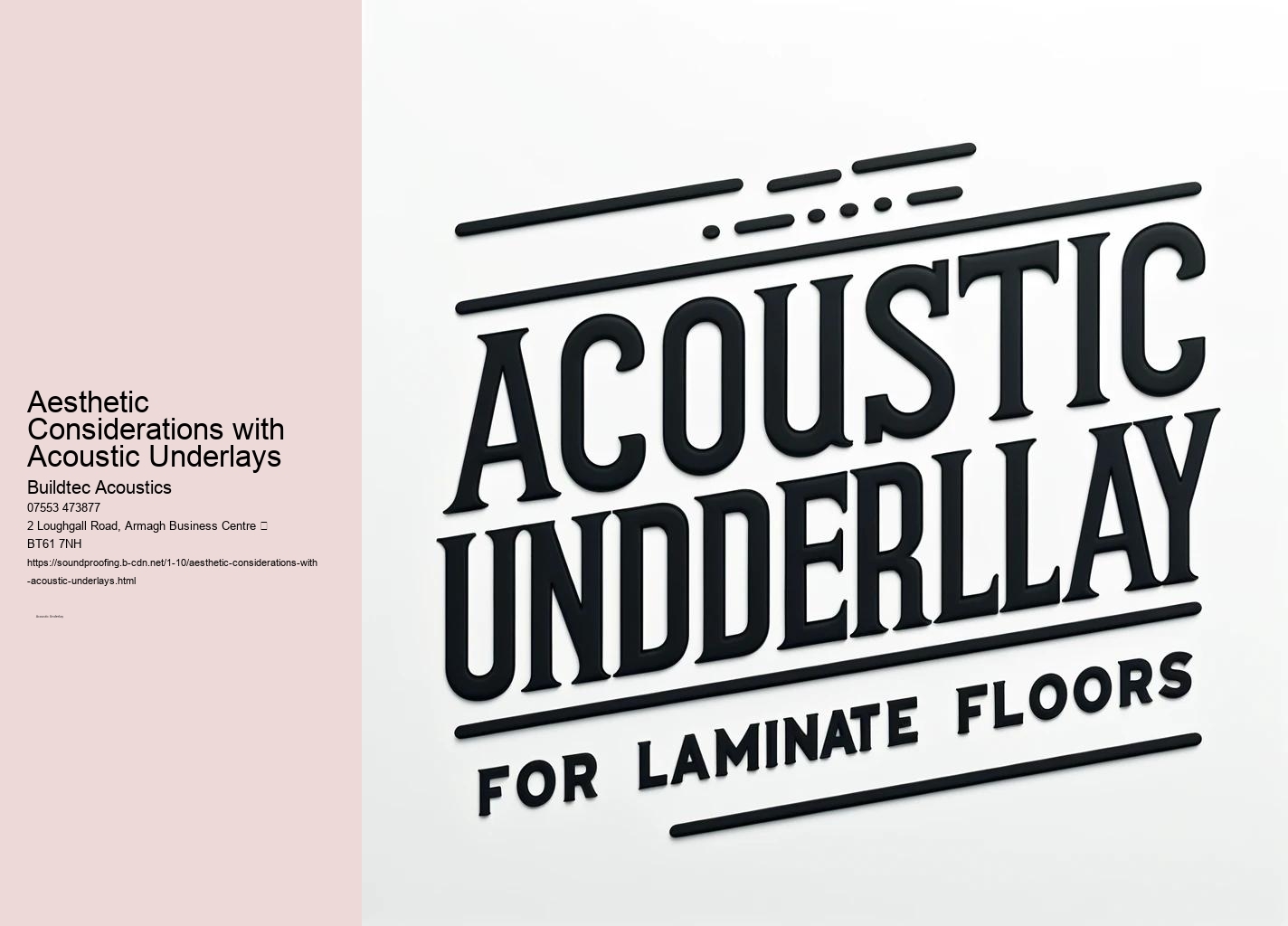

By choosing the appropriate product for the specific noise control requirement, homeowners and businesses can create a quieter, more comfortable environment. Impact noise occurs from activities such as walking, moving furniture, or using appliances like washing machines, while airborne noise includes conversations, music, and television. Airborne noise, such as music or conversations, can be reduced by choosing underlays with higher sound transmission class ratings.
Acoustic underlays made from polyvinyl chloride (PVC) or cork are ideal choices, as they balance both thermal insulation and soundproofing requirements. poly(methyl methacrylate) Installing acoustic underlay beneath wood flooring or laminate flooring can greatly reduce noise levels in rooms. Looking to dampen noise in your office then use acoustic underlay under your floor.
Hard surfaces, such as hardwood and laminate, tend to amplify sounds like footsteps, which can lead to unwanted echo and reverberation. In residential buildings, whether in a semi-detached house or an apartment, acoustic underlays are often used under laminate flooring, hardwood, or carpets to reduce the noise that can travel through the walls, ceiling, and stairs.
The materials used in acoustic underlays, such as foam, cork, and natural rubber, contribute significantly to reducing vibrations and sound transmission. During renovations, installing acoustic underlays can significantly improve the acoustic properties of existing floors, whether in residential or commercial settings.
Installing an acoustic underlay beneath carpets in office spaces can help mitigate foot traffic noise and other disturbances, improving the room's dynamics. Whether the flooring type is laminate, ceramic, or hardwood, Buildtec Acoustics offers underlays that are specifically engineered to work with the chosen material. Acoustic underlays are useful in many applications, including renovation projects.
Buildtec Acoustics offers a variety of acoustic underlays to meet different needs, including those designed for underfloor heating systems. Buildtec Acoustics offers a broad range of acoustic underlays designed to address both airborne and impact noise, providing versatile solutions for various flooring applications, including wood flooring, ceramic tiles, and laminate flooring.
For rooms with underfloor heating, selecting an underlay with low thermal resistance ensures that heat can transfer efficiently without being obstructed by the soundproofing material. This allows consumers to achieve their preferred aesthetics without sacrificing soundproofing performance.
By utilizing high mass density materials, such as crumb rubber and cork, acoustic underlays offer efficient energy use through noise control, reducing the impact of sound on occupants in adjacent rooms or units. Some underlays are certified by Leadership in Energy and Environmental Design (LEED) standards, supporting sustainable building practices.
Understanding how acoustic underlay improves comfort in residential buildings.

Posted by Francis Mckenna on
Reducing noise pollution in commercial buildings with acoustic underlay.

Posted by Francis Mckenna on
Acoustic underlay is a specialized material that plays a critical role in noise control within residential and commercial spaces. For example, underlays installed beneath medium-density fibreboard (MDF) or gypsum drywall help absorb vibrations and reduce unwanted sound transmission. For example, underlays installed beneath medium-density fibreboard (MDF) or gypsum drywall help absorb vibrations and reduce unwanted sound transmission.
Airborne noise, such as music or conversations, can be reduced by choosing underlays with higher sound transmission class ratings. Acoustic underlays made from polyvinyl chloride (PVC) or cork are ideal choices, as they balance both thermal insulation and soundproofing requirements.
This process involves transforming sound energy into heat, which then dissipates without causing disturbances. The choice of acoustic underlay depends on the type of noise to be managed.
Airborne noise, such as music or conversations, can be reduced by selecting underlays with higher sound transmission class ratings. virtuoso From mitigating noise pollution to improving energy efficiency, acoustic underlays are a versatile solution that supports both functionality and aesthetics in modern building design.


This allows consumers to maintain their desired aesthetics without sacrificing soundproofing performance. The installation of acoustic underlays is straightforward and suitable for both professionals and do-it-yourself (DIY) enthusiasts. The compatibility with different floor finishes makes acoustic underlays an essential component of modern flooring design, helping to create a space that is both visually appealing and acoustically comfortable.
They are designed to be installed beneath the visible flooring material, meaning that the desired flooring-whether it is elegant hardwood, practical laminate, or cozy carpet-is maintained without alteration. For example, underlays installed beneath medium-density fibreboard (MDF) or gypsum drywall help absorb vibrations and reduce unwanted sound transmission.
Buildtec Acoustics offers a wide range of acoustic underlays that are designed to manage both airborne and impact noise, providing versatile solutions for various flooring applications, such as wood flooring, ceramic tiles, and laminate flooring. Additionally, these materials provide thermal insulation, improving the thermal resistance of a room while managing noise levels.
Acoustic underlays are valuable in renovation projects as well. Acoustic underlay is a fundamental solution for effective noise control in both residential and commercial spaces.
From managing noise pollution to improving energy efficiency, acoustic underlays are a versatile solution that supports both functionality and aesthetics in modern building design. Whether the flooring type is laminate, ceramic, or hardwood, Buildtec Acoustics provides underlays specifically designed to complement the chosen material. Installing acoustic underlay beneath wood or laminate flooring can significantly reduce noise levels in rooms.
For example, underlays used beneath medium-density fibreboard (MDF) or gypsum drywall can help absorb vibrations and reduce the transmission of unwanted sound. By selecting the right product for the specific noise control requirement, homeowners and businesses can create a quieter, more comfortable environment.
Installing acoustic underlays beneath carpets in office spaces helps mitigate foot traffic noise and other disturbances, improving room dynamics. This process involves the transformation of sound energy into heat, which then dissipates harmlessly.
Impact noise results from vibrations caused by activities like footsteps, moving furniture, or the operation of appliances like washing machines. These products ensure greater efficiency in both heating and noise control, providing comfort throughout the year.


This allows consumers to achieve their preferred aesthetics without sacrificing soundproofing performance. Impact noise occurs from activities such as walking, moving furniture, or using appliances like washing machines, while airborne noise includes sounds like conversations, music, and television. These options promote environmentalism by reducing the reliance on virgin materials and lowering overall pollution.
Materials used in acoustic underlays, including foam, cork, and natural rubber, are highly effective in reducing vibrations and controlling noise. Adhesive or double-sided tape can be used to secure the underlay in place, while ensuring tight seams between pieces to prevent gaps that could reduce performance.
The choice of acoustic underlay depends on the type of noise that needs to be managed. Impact noise occurs from activities such as walking, moving furniture, or using appliances like washing machines, while airborne noise includes sounds like conversations, music, and television.
Environmental considerations are a key aspect of acoustic underlay design. This aspect is particularly important in multi-story buildings where different floors are connected through walls and joists, making noise control a priority.
When discussing soundproofing methods, acoustic underlays are a reliable option for reducing noise pollution, enhancing room acoustics, and creating a quieter atmosphere. Buildtec Acoustics offers a wide range of acoustic underlays that are specifically designed to address both airborne and impact noise, making them ideal for a variety of flooring applications such as wood flooring, ceramic tiles, and laminate flooring. Acoustic underlays help absorb these sounds, resulting in better room acoustics.
Most underlays come in sheet or roll form and can be cut to size using simple tools like a utility knife. In residential buildings, whether in a semi-detached house or an apartment, acoustic underlays are often installed under laminate flooring, hardwood, or carpets to reduce noise transmission through walls, ceilings, and stairs.
This allows consumers to achieve their preferred aesthetics without sacrificing soundproofing performance. The materials used in acoustic underlays, such as foam, cork, and natural rubber, are highly effective at reducing vibrations and controlling noise.
During renovations, installing acoustic underlays can significantly enhance the acoustic properties of existing floors, whether in residential or commercial settings. Acoustic underlays operate by absorbing and dissipating sound energy, which reduces noise transmission through floors.

Common materials used in acoustic underlays include cork, foam, natural rubber, and recycled crumb rubber. Each material offers unique properties for noise reduction and thermal insulation, allowing users to select the best option for their specific needs.
Acoustic underlay is particularly useful in multi-story buildings where noise can easily transfer between floors. By installing acoustic underlays, impact noise such as footsteps is significantly reduced, making living or working in these environments more comfortable.